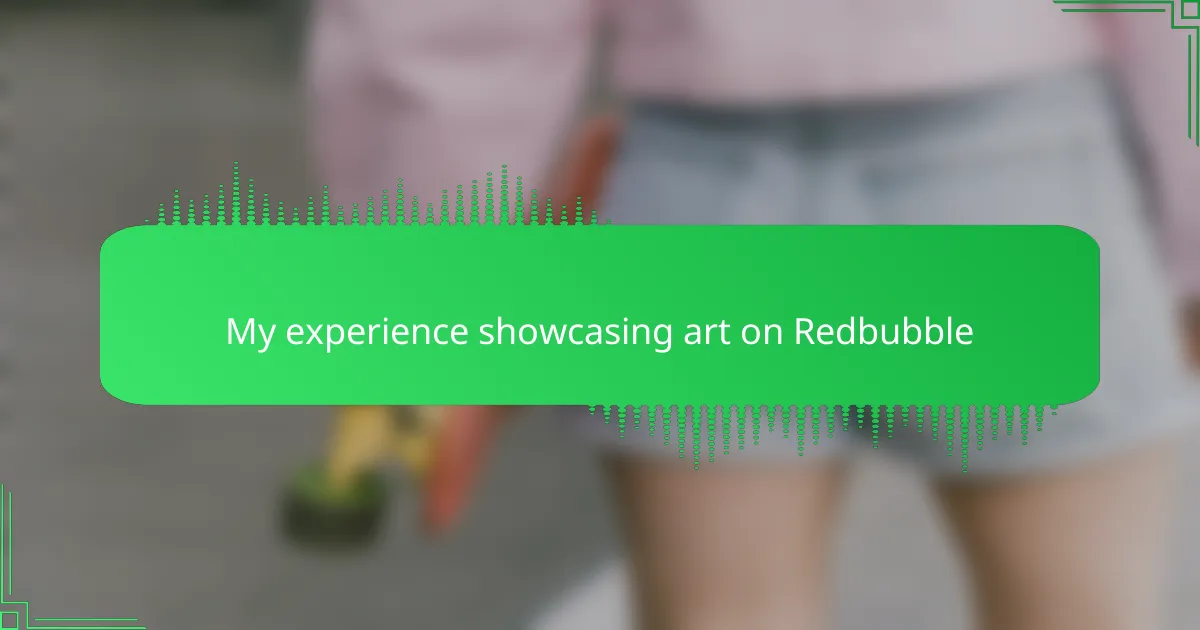Key takeaways
- Redbubble offers a user-friendly platform for artists to showcase and sell t-shirt designs with no upfront inventory costs.
- Successful marketing strategies include optimizing titles and tags for SEO, utilizing social media, and participating in challenges for exposure.
- Customer feedback is vital; viewing it as a learning opportunity can enhance designs and foster buyer loyalty.
- Quality, uniqueness, and attention to detail are essential in attracting customers and achieving sales growth over time.
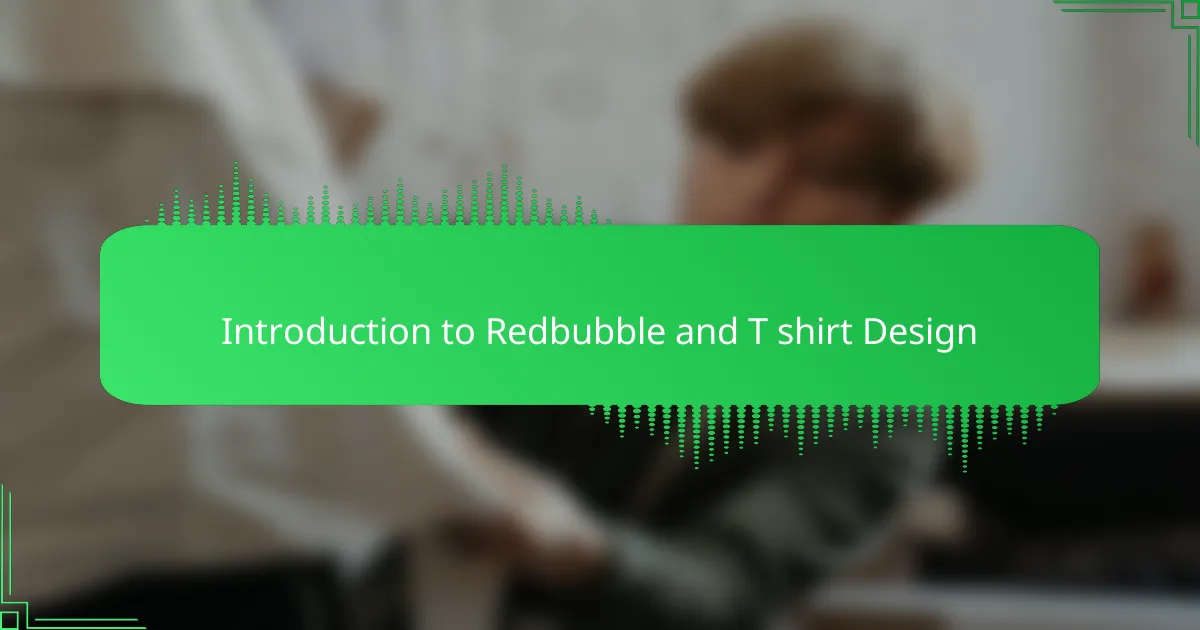
Introduction to Redbubble and T shirt Design
| Aspect | Redbubble |
|---|---|
| Platform Type | Online marketplace for independent artists |
| T-shirt Design Integration | Easy to upload and customize designs on various products |
| User Experience | Intuitive interface but can be competitive |
| Audience | Global customer base interested in unique, original art |
When I first explored Redbubble, I was drawn by how straightforward it was to showcase my t-shirt designs. The platform really felt welcoming to someone like me who values creative expression but isn’t a tech expert. What stood out was seeing my artwork instantly appear on apparel, giving me a tangible sense of accomplishment.
At the same time, I noticed the challenge of standing out among so many talented artists on Redbubble. It made me realize that creating great designs wasn’t enough; understanding what customers want and how to market my style was equally important. This insight has shaped how I approach both design and promotion now.
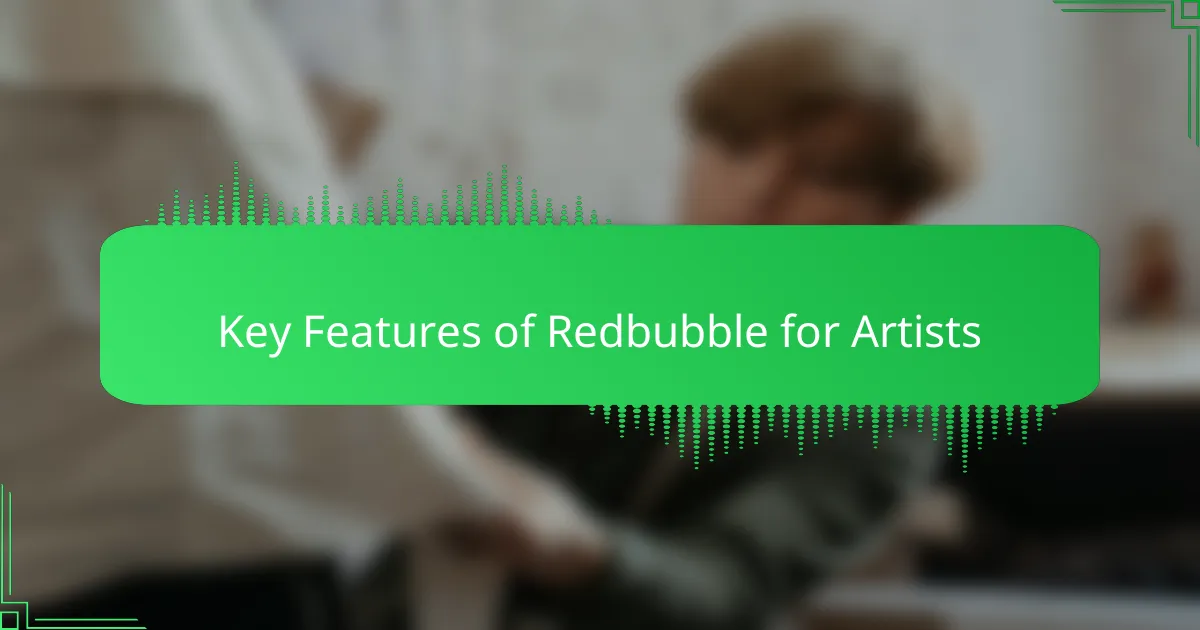
Key Features of Redbubble for Artists
Redbubble’s platform is incredibly artist-friendly, especially for those like me diving into t-shirt design. Its print-on-demand model means I can showcase my art without upfront costs or keeping inventory, which lifted a huge weight off my shoulders. Plus, the global reach allowed my designs to find fans all over the world, something I hadn’t imagined possible when I started.
| Feature | What It Means for Artists |
|---|---|
| Print-on-Demand | No need for inventory; products are printed only after purchase. |
| Global Marketplace | Exposure to millions of potential buyers worldwide. |
| Customizable Product Range | Designs can be applied to t-shirts, stickers, phone cases, and more. |
| Artist Control | Ability to set own profit margins and manage designs freely. |
| Community and Support | Access to resources and a community of fellow artists for feedback and encouragement. |
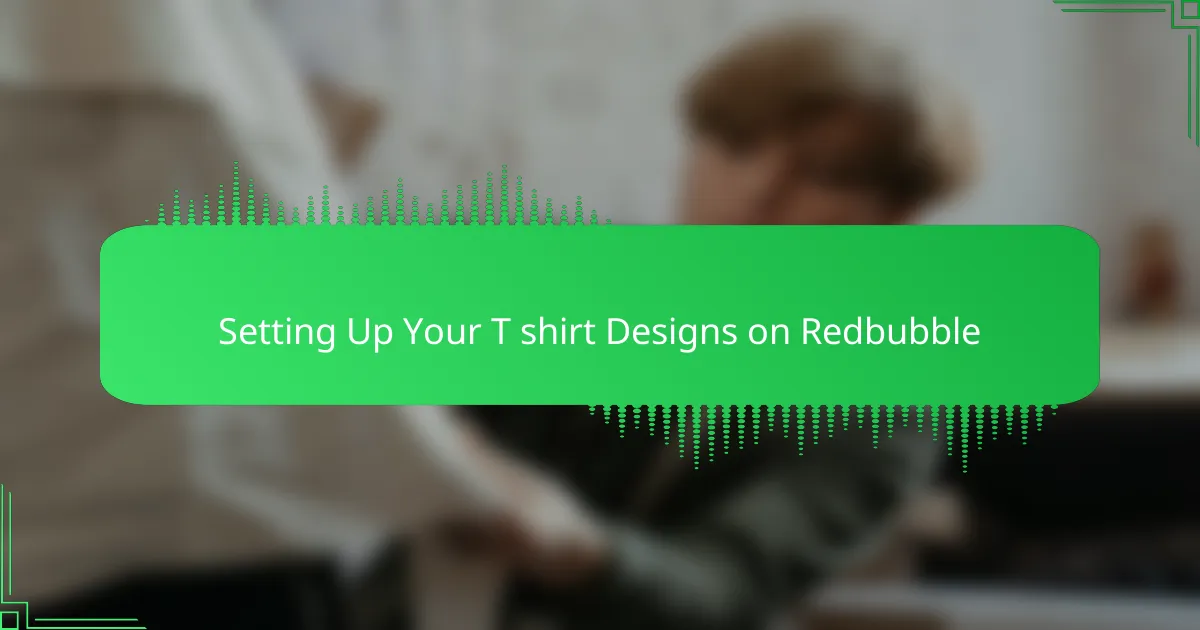
Setting Up Your T shirt Designs on Redbubble
Getting my t-shirt designs set up on Redbubble was surprisingly simple, which immediately put me at ease. Uploading artwork felt like sharing a piece of myself, and seeing the platform automatically place it on a t-shirt made the process feel rewarding from the start. Have you ever experienced that instant thrill of seeing your creativity come to life on a product? That’s exactly what hooked me.
One thing I learned quickly is the importance of tweaking my design placement and size. Redbubble’s tools let me adjust how the graphics fit on the t-shirt, ensuring nothing looked awkward or cut off. It reminded me that small details really matter in making a design wearable and appealing—something I didn’t appreciate fully before diving in.
Another insight? Naming and tagging designs thoughtfully can make a huge difference. At first, I shrugged it off, but I soon realized these elements help connect my work with the right audience. I started treating titles and tags like mini invitations, guiding potential buyers toward what I created with care. That shift felt like a game changer in how I approached setting up my portfolio.
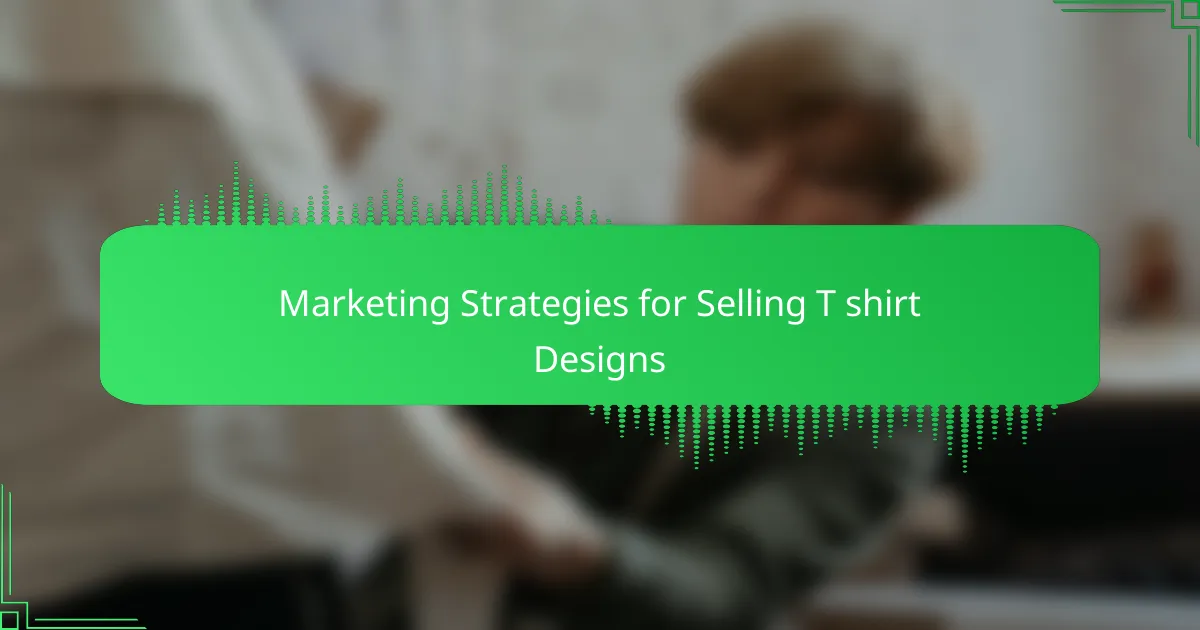
Marketing Strategies for Selling T shirt Designs
| Marketing Strategy | Effectiveness on Redbubble |
|---|---|
| Social Media Promotion | Highly effective for building an audience; I found Instagram especially useful for visual engagement. |
| Using SEO Keywords | Crucial for discoverability; adding relevant tags helped my designs appear in more searches. |
| Participating in Redbubble Challenges | Good for exposure; it pushed me creatively and connected me with like-minded artists. |
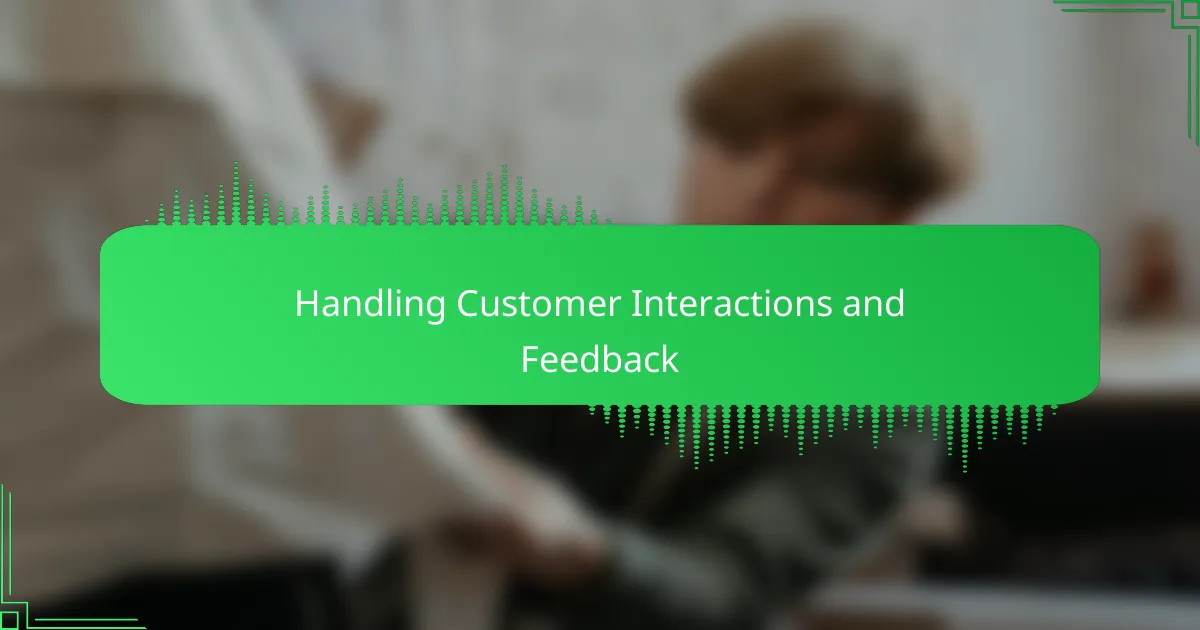
Handling Customer Interactions and Feedback
Handling customer interactions on Redbubble can be both rewarding and challenging. I remember when a buyer reached out with very specific customization requests that weren’t originally part of my design. While it was a bit frustrating at first, I realized that being open and responsive helped build trust and sometimes led to repeat customers.
Feedback, whether positive or critical, has been invaluable in shaping my designs. Early on, I received a comment about the color contrast in one of my prints being hard to see. Instead of taking it personally, I used it as a learning point and adjusted my palette, which improved sales noticeably.
- Always respond promptly and politely to messages.
- View feedback as an opportunity, not a setback.
- Keep communication clear to avoid misunderstandings.
- Use constructive criticism to enhance your designs.
- Express gratitude for positive reviews to foster loyalty.
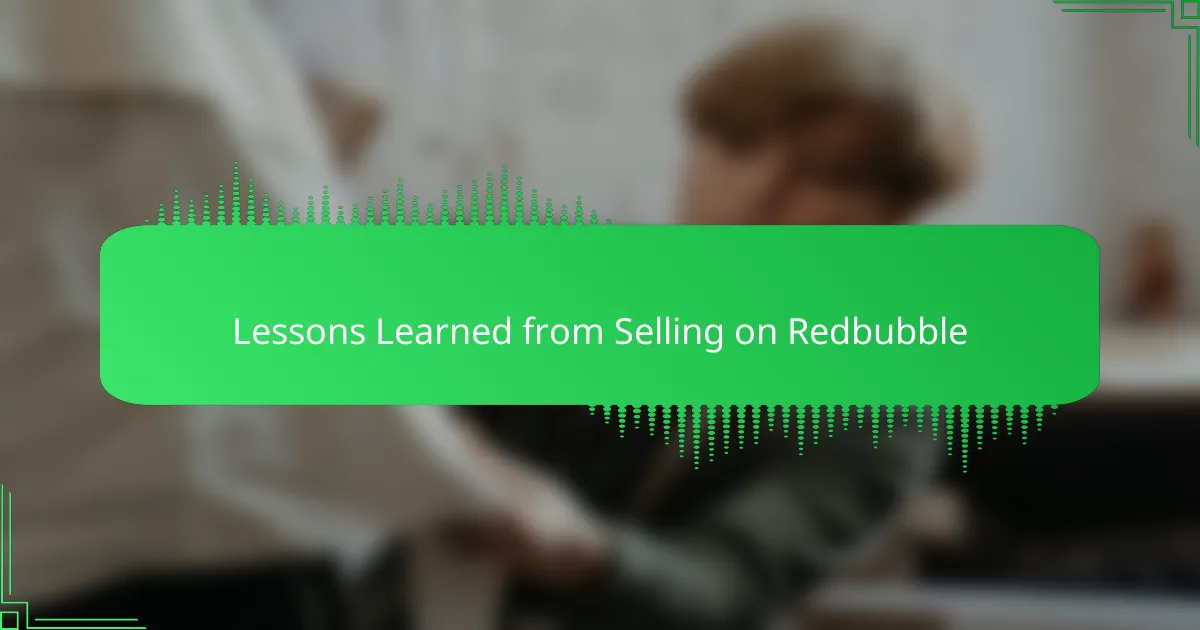
Lessons Learned from Selling on Redbubble
Selling on Redbubble taught me quite a few lessons about the art and business of t-shirt design. One important thing I realized is that quality and uniqueness really matter. When I first started, I assumed just uploading designs would be enough, but it’s the distinct style and attention to detail that caught buyers’ eyes. Patience is key too—success doesn’t happen overnight, and learning from feedback helped me improve constantly.
| Lesson | My Experience |
|---|---|
| Design Quality | Distinct, well-crafted designs attracted more buyers than generic ones. |
| Patience | Steady growth took time; I saw slow progress that picked up after continuous improvements. |
| Customer Feedback | Listening to comments refined my work and built stronger connections with buyers. |
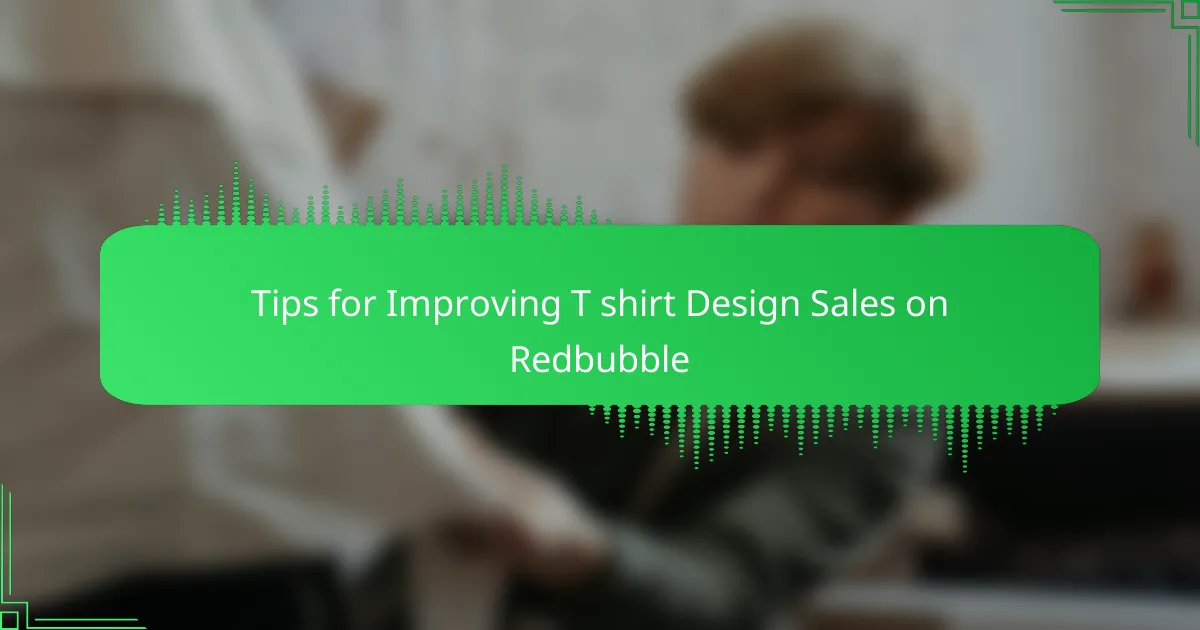
Tips for Improving T shirt Design Sales on Redbubble
One thing I found crucial for boosting t-shirt sales on Redbubble is optimizing your titles and tags carefully. Have you ever wondered how buyers find your designs among thousands? Thoughtful keywords act like a beacon, guiding customers who share your style preferences straight to your portfolio. Early on, shifting my focus to better tagging noticeably increased my design’s visibility and sales.
Another tip that worked for me was experimenting with design placement and sizing on the t-shirts. It’s easy to overlook, but those small tweaks make a huge difference in how wearable and attractive a shirt looks. I remember feeling frustrated when a design seemed just a tad off-center, but once I adjusted it, the positive feedback and sales followed—proof that details truly matter.
Finally, don’t underestimate the power of promoting your work beyond Redbubble’s platform. I leaned heavily on Instagram for sharing behind-the-scenes glimpses and connecting with fans, which helped me build a supportive audience. Have you tried tapping into social media yet? It can feel daunting, but sharing your creative process often turns casual browsers into loyal customers.
